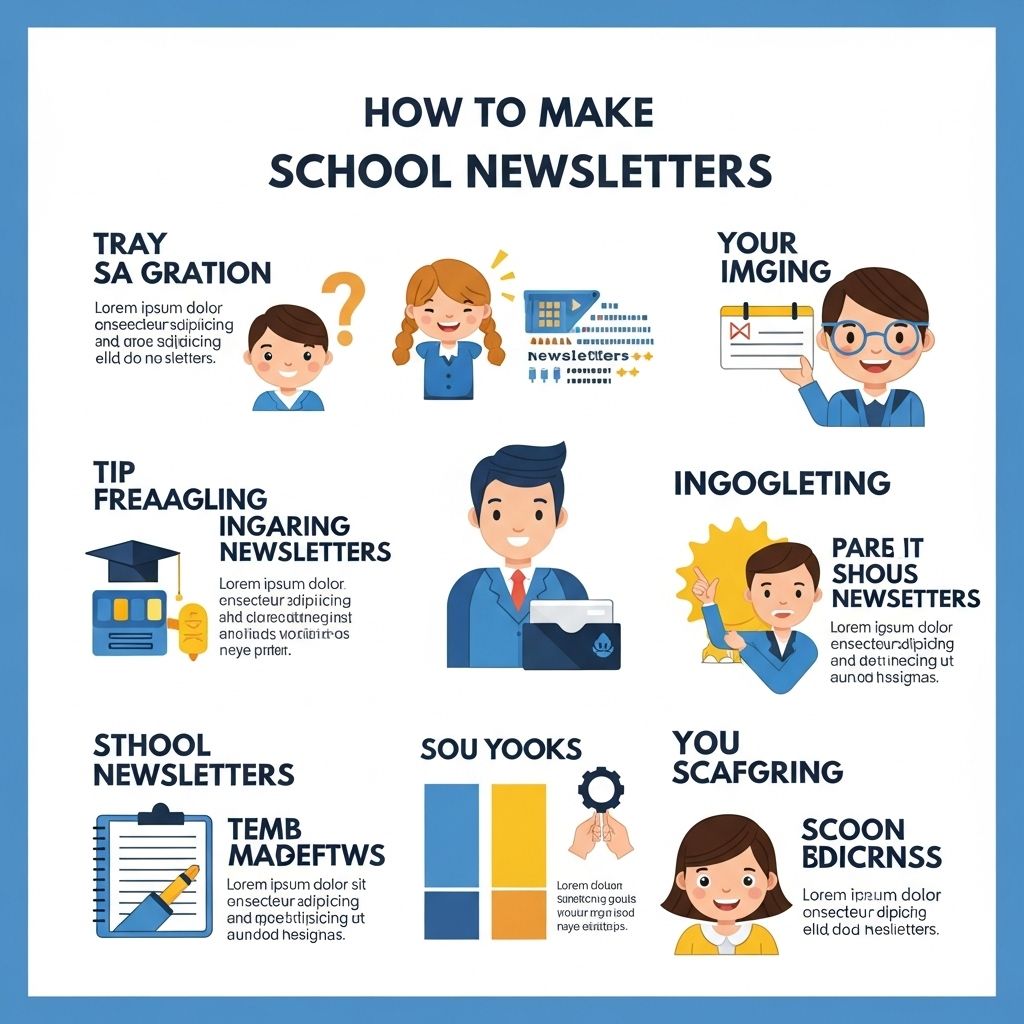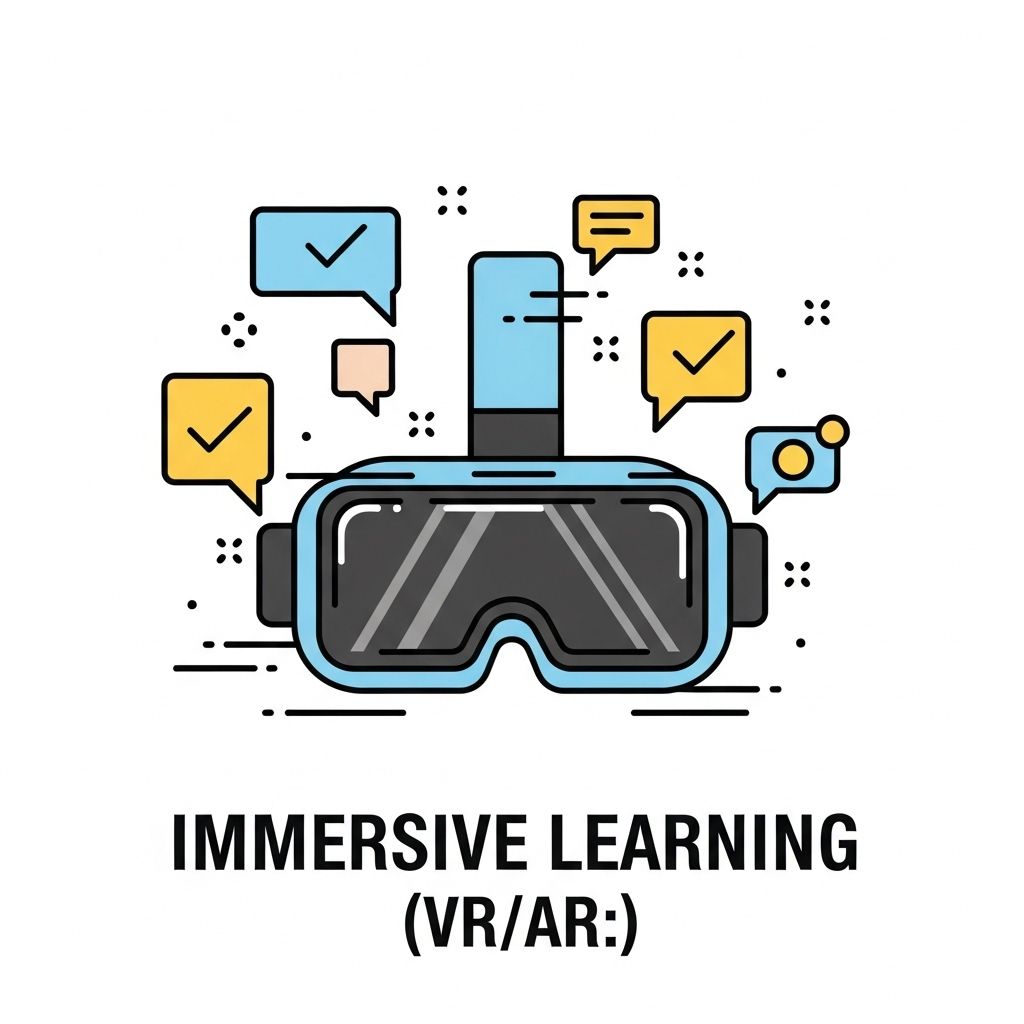In today’s fast-paced digital world, capturing the attention of students, parents, and faculty through a school newsletter can feel like a daunting task. However, an engaging newsletter can serve as a critical communication tool that not only informs but also builds a sense of community within the school. In this article, we’ll explore the key elements that make up a captivating school newsletter and provide actionable tips to elevate your content, design, and distribution strategy.
Understanding Your Audience
The first step in creating an engaging newsletter is to understand your audience. Knowing who will read your newsletter helps you tailor your content to meet their interests and needs. Here are some key audience segments to consider:
- Students: Content that resonates with students should include upcoming events, extracurricular activities, and student achievements.
- Parents: Parents appreciate information about school policies, volunteer opportunities, and resources to support their children’s education.
- Faculty and Staff: Highlighting teacher accomplishments, staff meetings, and professional development opportunities can foster a sense of community among staff members.
Core Components of an Engaging Newsletter
An effective school newsletter should have several core components that ensure it is informative and appealing.
1. Eye-Catching Title and Subtitle
The newsletter’s title and subtitle should immediately grab attention. Consider using alliteration, puns, or play on words related to your school’s name or mascot. For example:
| Title Idea | Subtitle Idea |
|---|---|
| The Eagle Eye | Your Monthly Insight into School Life |
| Hawk Highlights | Connecting Our Community, One Story at a Time |
2. Engaging Visuals
Incorporating visuals can significantly enhance the appeal and readability of your newsletter. Use high-quality images, graphics, or infographics to break up text and provide visual context. Consider these tips:
- Use vibrant colors that reflect your school’s branding.
- Include photos from recent events, like sports games or school fairs.
- Utilize graphics to illustrate statistics or important information.
3. Compelling Headlines and Subheadings
Headlines and subheadings should be engaging and relevant to the content that follows. They guide your readers through the newsletter and encourage them to continue reading. Here are some techniques:
- Use Action Words: For example, instead of “School Events,” use “Don’t Miss Out on These Upcoming Events!”
- Pose Questions: Consider headlines like “What’s New in Our Classroom?” to spark curiosity.
Content Ideas That Resonate
Once you have the structure in place, it’s time to fill your newsletter with content that resonates. Here are some engaging content ideas:
1. Student Spotlights
Highlight students’ achievements, whether academic, athletic, or artistic. This not only recognizes their efforts but also motivates others.
2. Faculty Features
Introduce new staff members or celebrate long-serving teachers. This fosters connections and personalizes the school environment.
3. Event Recaps and Upcoming Events
Include a section that summarizes past events with photos and success stories while previewing what’s to come. For example:
- Recap: Science Fair – Winners and Highlights
- Upcoming: Spring Concert – Date and Time
Creating a Reader-Friendly Layout
The layout of your newsletter is just as important as the content itself. A clean and organized layout can enhance the reading experience. Here are some tips:
1. Use a Consistent Format
Consistency in font, colors, and layout helps establish a brand for your newsletter. Stick to two or three fonts and color schemes that align with your school’s identity.
2. White Space is Your Friend
Avoid cramming too much information into your newsletter. White space helps reduce clutter and allows readers to focus on key messages.
3. Consider Mobile Responsiveness
Given that many people read newsletters on their mobile devices, ensure that your layout is responsive and easy to navigate on smaller screens.
Distribution Strategies for Maximum Reach
Even the best newsletter will not serve its purpose if it doesn’t reach its audience. Here are several strategies to distribute your newsletter effectively:
1. Email Distribution
Using email to distribute your newsletter can be an efficient way to reach a broad audience. Consider these tips:
- Use a reputable email marketing platform to manage your contacts.
- Segment your audience to tailor content accordingly.
- Include a call-to-action in your email, encouraging readers to share the newsletter.
2. School Website
Host a dedicated section on your school’s website where newsletters are archived. This makes it easier for parents and students to access past issues.
3. Social Media Promotion
Share snippets and highlights from your newsletter on social media platforms to drive traffic to the full version. Use engaging visuals and hashtags relevant to your community.
Feedback and Continuous Improvement
After distributing your newsletter, it’s essential to seek feedback. This allows you to continuously improve and cater to the evolving interests of your audience. Here are some methods to gather feedback:
- Conduct surveys via Google Forms or other platforms.
- Include a section in your newsletter asking for reader opinions.
- Encourage a culture of feedback by regularly discussing the newsletter in school meetings.
Conclusion
Creating engaging school newsletters is an evolving process that requires an understanding of your audience, thoughtful content creation, and effective distribution strategies. By focusing on compelling visuals, reader-friendly layouts, and fostering community connections, your school newsletter can transform from a basic information source into a vibrant and essential communication tool. So roll up your sleeves, get creative, and start crafting newsletters that inspire and engage your school community.
FAQ
What are some key elements of an engaging school newsletter?
An engaging school newsletter should include visually appealing layouts, relevant content, student highlights, upcoming events, and interactive elements such as polls or surveys.
How often should a school newsletter be published?
A school newsletter is typically published monthly or quarterly, but the frequency can vary based on school events and communications needs.
What types of content should be included in a school newsletter?
Content can include school announcements, student achievements, teacher features, community events, educational resources, and important dates.
How can I make the newsletter more visually appealing?
Use vibrant colors, engaging images, clear headings, and a clean layout to enhance the visual appeal of your school newsletter.
How can I encourage parents and students to read the newsletter?
Promote the newsletter through social media, school events, and emails, and consider including fun elements like contests or feature stories to increase interest.
What tools can I use to create a school newsletter?
There are various tools available such as Canva, Mailchimp, and Google Docs that can help you design and distribute your school newsletter effectively.




